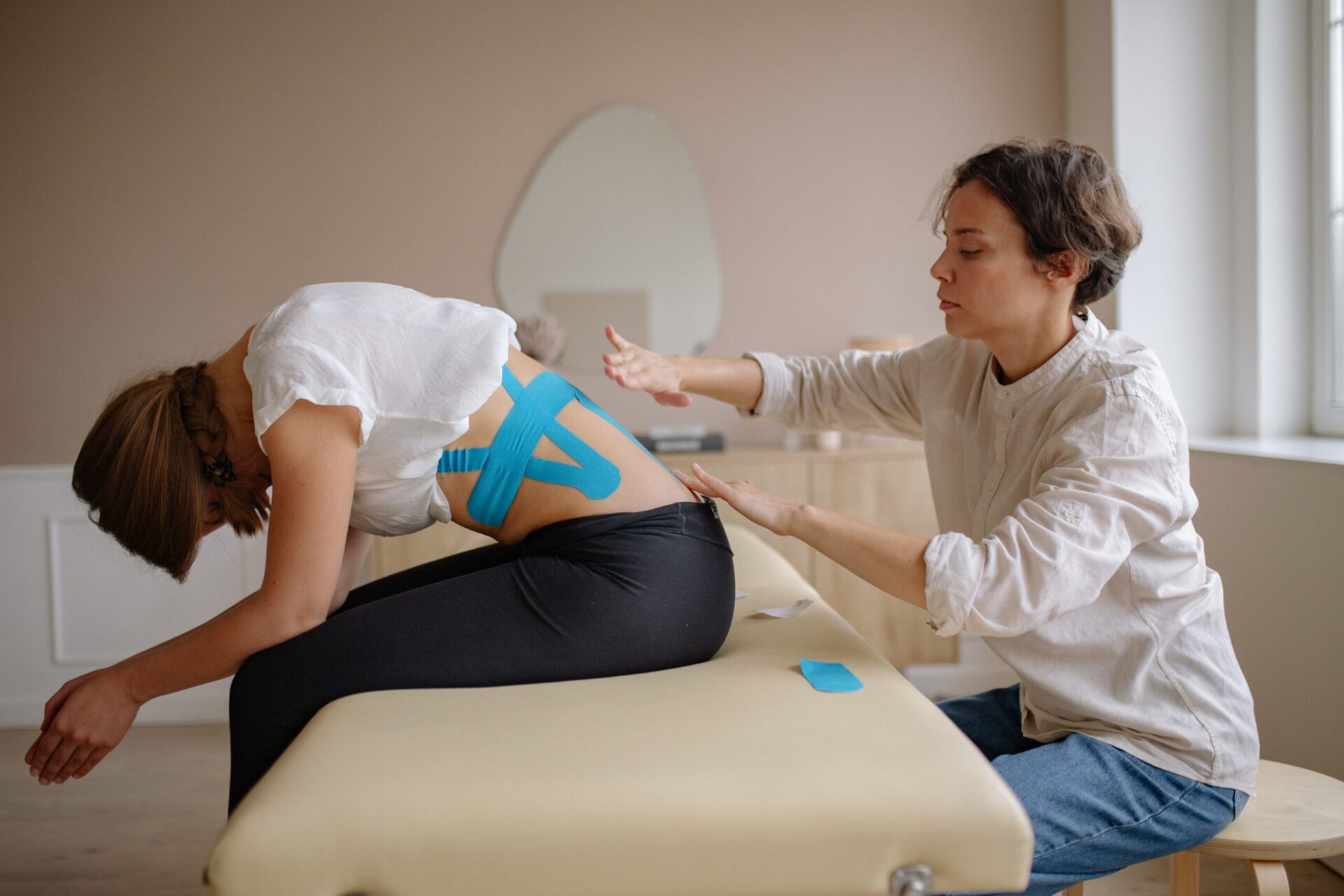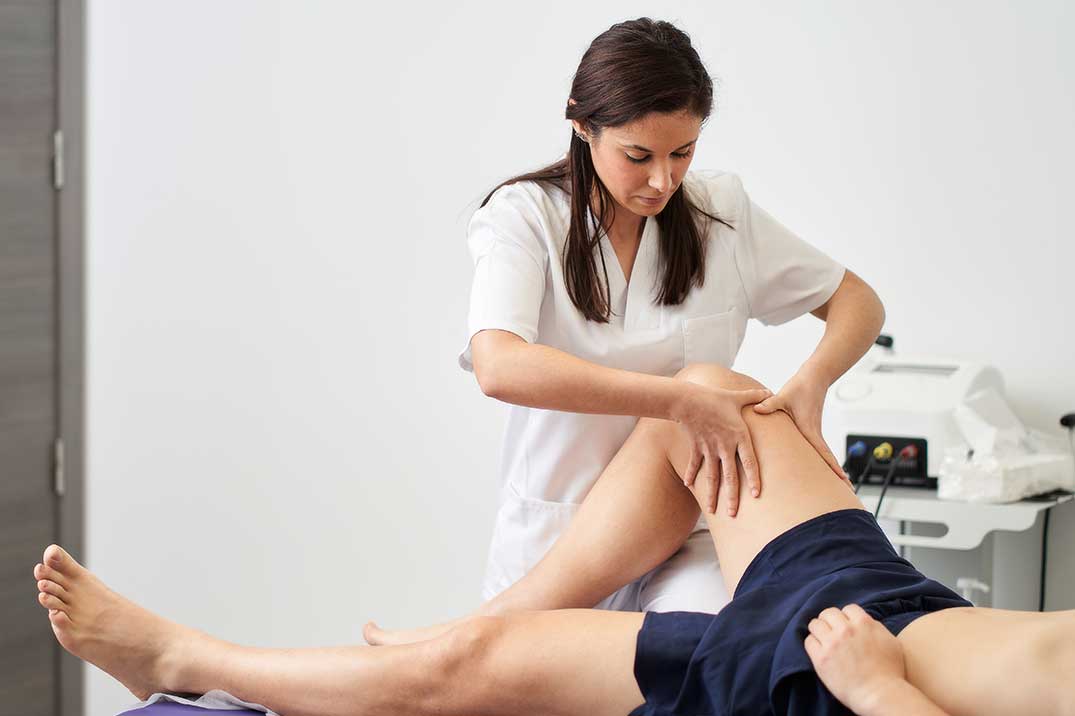Expert Physical Rehabilitation Techniques for Boosted Strength and Wellness
The domain of professional physical rehabilitation encompasses a range of strategies designed to improve both toughness and overall well-being. Central to this practice is the understanding of personalized therapy strategies that incorporate resistance training, hands-on therapy, and useful exercises, each serving distinct functions in recovery. Moreover, incorporating mindfulness into these methods not just facilitates emotional resilience however likewise improves person involvement in their recovery journey. As we check out the ramifications of these methods, the inquiry arises: how can these expert techniques be effectively tailored to fulfill the one-of-a-kind needs of varied person populations?
Comprehending Physiotherapy Principles
Physical rehabilitation concepts are grounded in a holistic understanding of the body and its action to injury and rehab. These principles stress the interconnectedness of physical, emotional, and social variables that influence a person's health and wellness. A fundamental facet of physiotherapy involves examining the client's overall problem, identifying problems, and establishing customized treatment strategies that help with recovery and enhance function.
At the core of physiotherapy is the idea in patient-centered care, where practitioners proactively involve individuals in their rehabilitation procedure. This collaborative technique cultivates motivation and urges adherence to treatment procedures. Additionally, physio therapists utilize evidence-based techniques to direct their treatments, ensuring that strategies and modalities are supported by existing research.
Another secret concept is the importance of motion and feature in rehabilitation. Physiotherapists concentrate on recovering mobility, stamina, and control, acknowledging that optimal physical feature is essential for general health. Additionally, education and learning plays a vital role in physiotherapy, as experts guide individuals in recognizing their conditions and adopting healthier way of life selections.
Key Methods for Toughness Building
Strength building is an important component of rehabilitation, focused on boosting muscular tissue feature and total physical performance. Physiotherapists employ various techniques to facilitate this procedure, customizing programs to satisfy private client needs.
One key strategy is resistance training, which entails workouts making use of weights, resistance bands, or body weight to enhance muscle strength. This approach properly targets particular muscular tissue teams, advertising hypertrophy and endurance. An additional essential approach is practical training, which focuses on workouts that imitate daily tasks, enhancing the capability to perform routine tasks with better ease and toughness.
Progressive overload is additionally vital in toughness building. This concept entails slowly increasing the strength of workouts, whether through included weight, increased repeatings, or transformed tempo, making certain consistent adjustment and growth of muscle mass fibers. In addition, incorporating plyometric workouts can boost power and explosiveness, which is especially beneficial for athletes and energetic people.
Lastly, isometric exercises, where muscular tissues contract without altering size, can improve stability and toughness in specific joints. By incorporating these techniques right into personalized rehab programs, physio therapists can effectively support individuals in attaining their strength-building objectives, ultimately resulting in enhanced practical end results and boosted quality of life.
Benefits of Manual Therapy
Integrating a range of restorative techniques boosts the total performance of recovery programs, and guidebook treatment stands out as a valuable technique. This hands-on treatment contributes in reducing pain, improving mobility, and helping with the healing process.
Manual treatment incorporates numerous methods, including soft tissue mobilization, joint manipulation, and myofascial launch (physio north lakes). These approaches intend to decrease muscle tension, boost find more info blood circulation, and bring back practical movement. By addressing soft cells constraints and joint disorders, manual treatment can dramatically add to discomfort relief and improved variety of activity
In addition, the restorative touch included in manual therapy cultivates a strong patient-provider relationship, promoting count on and comfort. This emotional link can enhance individual adherence to rehab protocols and total satisfaction with their care.
Research study has shown that guidebook therapy can be especially efficient for problems such as reduced neck and back pain, neck discomfort, and tension migraines. physio north lakes. As a complementary therapy, it can be incorporated with various other methods, such as exercise or methods, to enhance end results. Inevitably, the advantages of hands-on therapy highlight its vital role in comprehensive physical rehabilitation therapy strategies, supporting both strength enhancement and total health
The Duty of Workout Prescription
Workout prescription plays an essential role in the rehab procedure, working as a foundational aspect for accomplishing optimum patient outcomes. It involves the systematic Full Report preparation of physical activities tailored to the individual needs and capabilities of patients. By taking into consideration aspects such as age, physical condition, and particular health goals, physio therapists create customized exercise programs that foster healing and improve general physical health.

Additionally, workout prescription fosters client engagement and possession of the rehabilitation procedure. By proactively joining their healing, patients are most likely to follow prescribed routines, leading to enhanced end results. In recap, workout prescription is a crucial part of physical rehabilitation, giving structured, tailored plans that support individuals in their journey toward improved stamina and general health and wellness.
Integrating Mindfulness in Recovery
The unification of mindfulness techniques right into recovery techniques supplies a holistic technique to recuperation that enhances conventional workout prescription. Mindfulness, defined as the deliberate emphasis on the present minute, can dramatically boost client results by promoting better recognition of bodily experiences and moods. This heightened awareness permits individuals to better identify discomfort signals and stress responses, assisting in extra efficient self-regulation.
Study has shown that integrating mindfulness strategies, such as meditation and focused breathing, can minimize anxiousness and enhance emotional durability throughout recovery. These techniques equip patients to handle discomfort and cultivate a positive mindset, which is vital for sticking to exercise routines and attaining long-lasting rehab goals.
Physiotherapists can integrate mindfulness by guiding clients via brief mindfulness workouts prior to or after physical therapy sessions. This assimilation not just aids in physical healing however also promotes overall psychological well-being. Teaching individuals to involve in mindfulness throughout exercises can boost their emphasis, ensuring that activities are carried out with better accuracy and objective.
Final Thought
